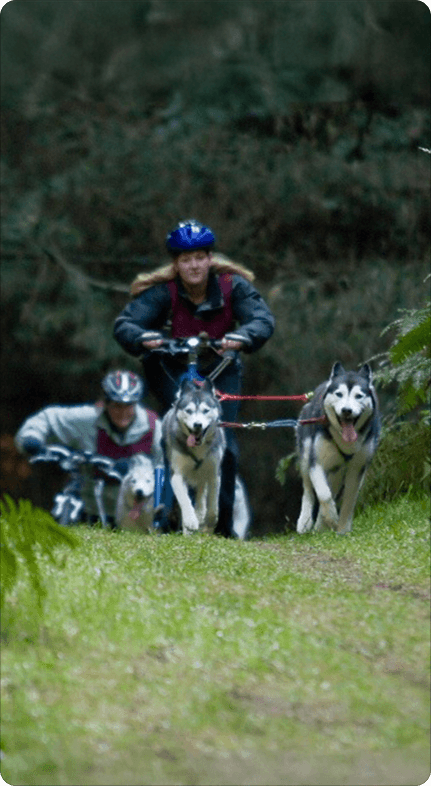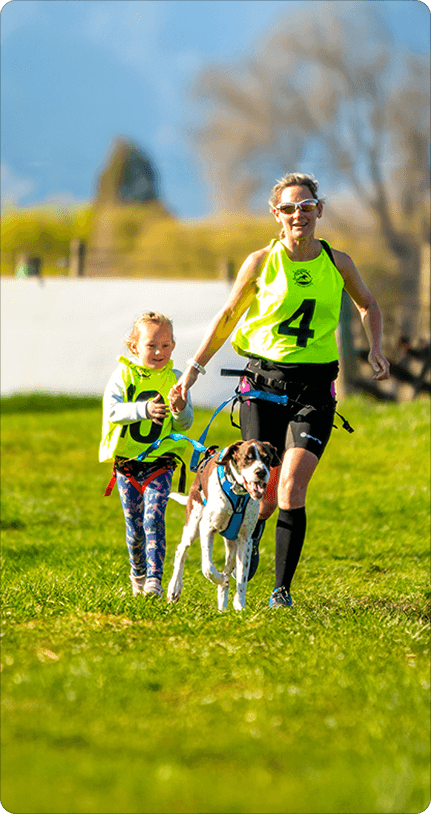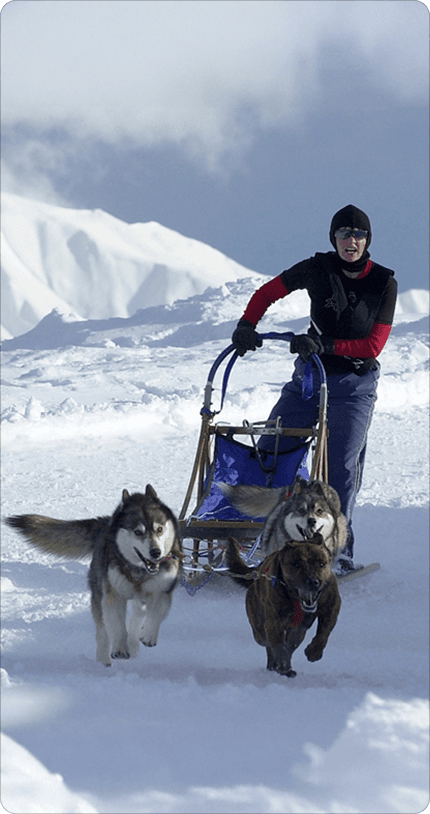Our Journey &
The History of NZFSS
Founded in 1993, the NZFSS unified sled dog racing in New Zealand, supporting both Dryland and
snow races.Today, it continues to grow the sport and preserve its legacy.

First sled dog race held
1985

NZFSS established in 1993
IFSS member since 1995
DogsNZ member since 1998

13 member clubs

1800+ dogs participating
Who We  are
are
The New Zealand Federation of Sled Dog Sports represents the interests of all associated clubs and provides a framework of rules to hold accredited race events.




Our Story 
The NZFSS enables dogs and drivers to compete in accredited events under unifying rules, offering dog and driver rankings.
NZFSS National Championships have been hosted in the past by individual clubs. More recently, this major event has been organised by the NZFSS in an effort to bringing together teams from both North and South Island.
Got any queries?
Still have questions? Feel free to reach out NZFSS
Photo/Video Credit :
Suvi Mattila
Mac's Photography
Mel Renner Photography
Brya Ingram Photography
RRSDRC
NAMC
SRSDC
Garth Haylock
Nalbec Racing Siberian Huskies Kennel
© 2025, New Zealand Federation of Sled Dog Sports
Login